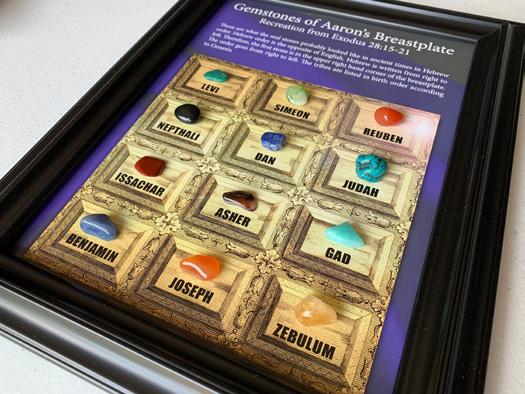
4 minute read
Birthdays • Vol. 20: #3 • (1-14-2024) Tidbits of Coachella Valley
Is this your birthday month? Tidbits hopes you enjoy these facts about this special celebration.
• The ancient Romans and Egyptians were the first to celebrate birthdays. Egyptian pharaohs or other powerful wealthy people were the only ones honored. The earliest written mention of a birthday celebration is in the Bible, when the Pharaoh served by Joseph was honored on his birthday. The Romans were the first to celebrate the birthday of the commoners, calling the celebration “Name Day.”
• The Greeks were responsible for adding candles to cakes. These ancients baked round-shaped honey cakes, which they offered in tribute to Artemis, the goddess of the moon. Candles were added to make the cake shine like the moon, as well as to ward off dark forces. The Greeks counted on the smoke from the blownout candles to carry their prayers and wishes to their gods at the top of Mount Olympus.

• The three most common birth months are July, August and September. The month with the least amount of birthdays is February. December 25, Christmas Day, is the least common birth date.

• A person’s “golden” birthday occurs on the year that a person turns the age of his/her birth date. For example, a person born on the 25th of the month would celebrate the golden birthday when he/she turns 25.
• In the U.S. the “Sweet Sixteen” birthday is an important milestone, indicating the shift into young adulthood. In the Latin American cultures, a girl’s 15th birthday, called Quinceañera, is a momentous occasion, marking the passage from girlhood to young womanhood.

• Have you heard of the Birthday Paradox? It’s the unusual phenomenon that in a group of 23 people, there is a 50 percent chance that two people will share the same birthday.

• Kentucky sisters Patty and Mildred Hill were kindergarten and Sunday school teachers who enjoyed teaching music, as well as composing and performing. In 1893, the pair created a classroom greeting song for teachers to sing to students entitled “Good Morning to All.” In 1912, the melody appeared in print with the lyrics “Happy Birthday to You.” Although the sisters didn’t write the different lyrics, they are credited as the composers of the birthday song.
• Birthstones associated with each month can trace their origin to biblical times. In the Bible’s Book of Exodus, Aaron, the first high priest of the Israelites, under God's direction created a breastplate with 12 gemstones, to be worn by future high priests. Called an ephod, each stone represented one of the 12 tribes of Israel, and was said to have great power and the ability to reveal messages from God to to the priests. The gems included carnelian, chrysolite, beryl, jacinth, agate, amethyst, jasper, topaz, ruby, turquoise, sapphire, and diamond.
• Jewish historians cited a connection between the stones, the 12 months of the year, and the 12 zodiac signs. In the 8th and 9th centuries, Christians assigned the 12 stones to symbolize the 12 apostles and began wearing one stone each month. The tradition of assigning a particular stone for a month of birth appeared in the 16th century.

• A popular birthday meal in China consists of long noodles called longevity noodles, served to symbolize long life. The Chinese don’t gift watches or clocks on birthdays, as they are considered bad luck. Seaweed soup is served for birthdays in Korea, symbolic of honor and gratitude toward one’s parents.

• In 2005, the city of Las Vegas called upon 1,000 volunteers to create the biggest birthday cake in the world to commemorate the city’s 100th anniversary. The vanilla sponge cake weighed 130,000 pounds, was 34 yards long and 17 yards wide, and about two feet high. Its retail value was estimated at $250,000 and it contained 23 million calories.

After the celebratory indulgence, the unconsumed cake remains were donated to a local pig farm.




